Over the past eight years of needle felting, I’ve had more than a few days that ended in frustration. I’ve had armatures sag because I chose the wrong wire. I’ve spent hours experimenting, only to realize the next day that all that work didn’t lead anywhere. I’ve watched projects collapse in my hands.
Some days it’s one small failure. Other days it feels like one big failure after another. And in those moments, I’d think: Why am I even doing this?
But here’s what I’ve learned: failure doesn’t stay failure.
Give it time, and it turns into growth.
When we make a mistake, it feels awful. But inside our heads, something powerful is happening.
Your brain is taking notes. Every time something goes wrong, your brain quietly says, “That didn’t work. Let’s adjust for next time.” It’s like having a teacher living inside your head, pointing out what needs to change.
You’re rewiring yourself. A mistake forces your brain to try a new route. Think of it like driving: if your usual road is blocked, you find another way. After a while, that new road becomes familiar—and faster.
Mistakes stick. Success feels good, but mistakes sink in deeper. They stay with us, and when we try again, they push us to do it differently, better.
That’s why a day that feels wasted is often the day your brain does the most work behind the scenes.
As artists, we often dream of everything flowing perfectly—wool behaving, needles sliding just right, projects looking exactly like we imagined. But the truth is, the best learning doesn’t come from smooth days.
It comes from the messy ones.
When we struggle, our brain pays more attention. It rewires faster. It builds confidence we didn’t have before. And that’s why, even when it feels like a setback, failure is actually preparing us for the leap forward.
Here are some ways I’ve learned to let failure work for me instead of against me:
1. Try small experiments.
Instead of waiting until you’re deep into a project, test things on scraps: different wires, wool blends, needle sizes. That way, you “fail small” and learn big.
2. Keep a simple notebook.
I jot down: What went wrong → What I think caused it → What I’ll try next. Just a few words. Over time, you’ll see patterns and solutions.
3. End on a win.
If I’m having a tough day, I’ll finish with something simple: smoothing a surface, shaping a tiny piece that works. It helps me remember the day by the success, not just the failure.
4. Give it time.
I often don’t notice what I’ve learned until weeks later. All of a sudden, something that felt impossible before is now easy. That’s the rewiring at work.
When a bird’s neck sagged, I learned to test different wire gauges before starting the real piece.
When the surface kept fuzzing, I experimented with needle sequences and finishing tricks until I found what worked.
When an expression fell flat, I tried tiny felt pads to support the cheeks and brows—something I never would have thought of if I hadn’t failed first.
Every frustration turned into a discovery.
Even now, when something collapses in my hands, it stings. But I’ve come to see failure as part of the process. It’s the quiet partner that pushes me forward.
Failure didn’t break my practice. It built it.
And if you’re having a day where everything feels like it’s falling apart, I want you to remember this:
Failure isn’t a stop sign.
It’s a doorway.
It’s the thing that rewires your brain, strengthens your hands, and carries you to the next level of your art.
I owe everything to it.
Keep creating, keep failing, keep growing.
—Christie


